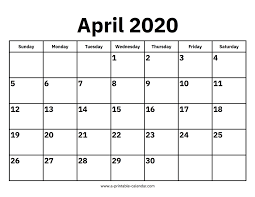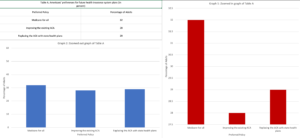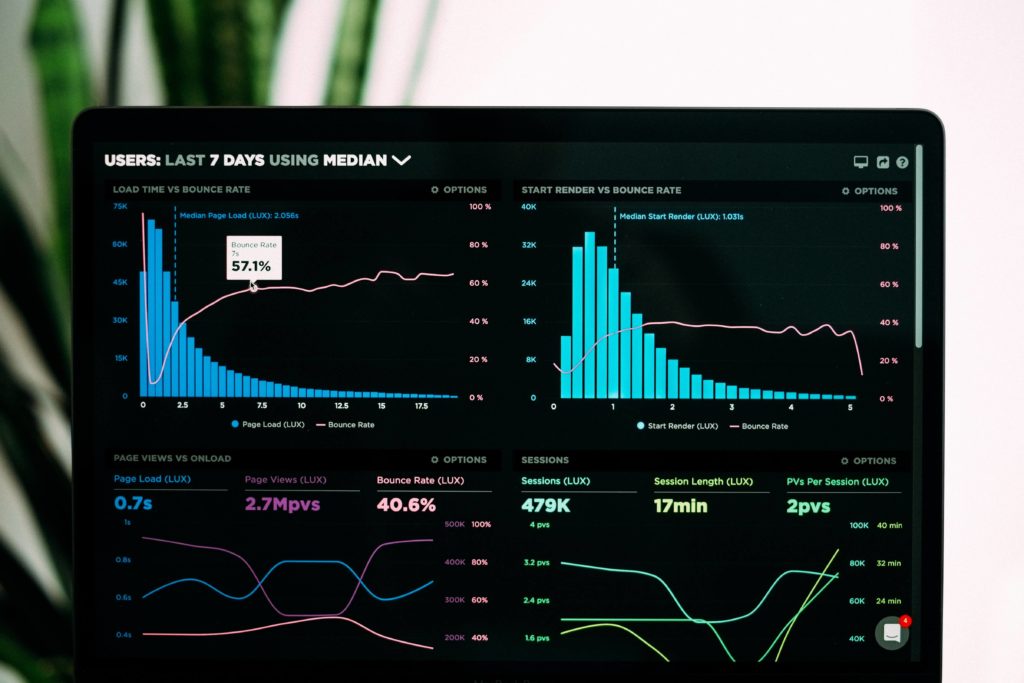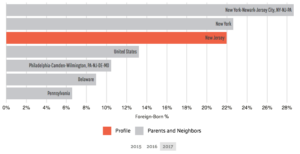How it’s Going
For my project, I have been able to find a lot more research than I anticipated. That being said I am also running into plenty of difficulties. The databases I have used like ProQuest that perfectly fit what I need are almost always out of date, so I have to use it for historical aspects. I have been using a good amount of reliable internet sources like human rights campaign, glaad, gallup poll, and isidewith.  I ran into multiple dead ends with researching databases until the discovery of Jstor text analyzer and Ramapo’s potter library online book search. I found one book that gives a vast history of LGBTQ+ evens all over the world involving all sorts of people. I finally found information about the Vietnam war and LGBTQ+ in the military during that time. On Jstor, I found information about DADT and actual accounts of how that affects non-LGBTQ+ and LGBTQ+ members. I also found information about gay church movements. My next step is talking about the Lavender scare and that was made extremely easy by a Jstor article I found. I am having trouble remembering what source said what though due to the massive amount of information I need that is spread out through many books and articles.
I ran into multiple dead ends with researching databases until the discovery of Jstor text analyzer and Ramapo’s potter library online book search. I found one book that gives a vast history of LGBTQ+ evens all over the world involving all sorts of people. I finally found information about the Vietnam war and LGBTQ+ in the military during that time. On Jstor, I found information about DADT and actual accounts of how that affects non-LGBTQ+ and LGBTQ+ members. I also found information about gay church movements. My next step is talking about the Lavender scare and that was made extremely easy by a Jstor article I found. I am having trouble remembering what source said what though due to the massive amount of information I need that is spread out through many books and articles.
Sticking to Schedule
I am trying to stick to my schedule, but actually putting the information into my website it takes a longer time than I anticipated. I have been trying to trim down my website to make it easier, but it is difficult to choose what to exclude. For example, I cut down the history two to tabs, removed the people tab, removed the tab about military opinions, and so on. Now I have limited the research I have done on that and have now incorporated it into another tab. I have been able to finish the about me tab, the general information tab, half of the history tab, and two-thirds of the public opinion tab. I have to finish the solutions tab, the change and why tab, and the personal accounts tab. I hope to finish the public opinion and history tab this week and move on to the next tab, personal accounts. I hope each tab will take me a week to do.
I have been trying to trim down my website to make it easier, but it is difficult to choose what to exclude. For example, I cut down the history two to tabs, removed the people tab, removed the tab about military opinions, and so on. Now I have limited the research I have done on that and have now incorporated it into another tab. I have been able to finish the about me tab, the general information tab, half of the history tab, and two-thirds of the public opinion tab. I have to finish the solutions tab, the change and why tab, and the personal accounts tab. I hope to finish the public opinion and history tab this week and move on to the next tab, personal accounts. I hope each tab will take me a week to do.
Technology is NOT my Friend
Some technological challenges I have faced are me at a computer. I am awful with technology and have been struggling to navigate everything. I have finally gotten used to WordPress and do not mind using it.  Tikitok looks nice but was difficult to use. I also figured out that you cannot embed the timeline on a website without paying, which is awful. I have also tried to include infographics but cannot seem to figure out how to use canva and other such online resources. My go-to is adding pictures and citing them or looking for an image labeled for reuse.
Tikitok looks nice but was difficult to use. I also figured out that you cannot embed the timeline on a website without paying, which is awful. I have also tried to include infographics but cannot seem to figure out how to use canva and other such online resources. My go-to is adding pictures and citing them or looking for an image labeled for reuse.
Overall
Overall the project is going well. It is going to be hard work, but I am hoping that in the end, it will all work out. I am glad I chose the topic I did because I am learning about something I am passionate about. I am also learning valuable skills that will help me as a history major, such as what and where to research, how to create a website about a historical topic and so on. (more…)
(more…)







